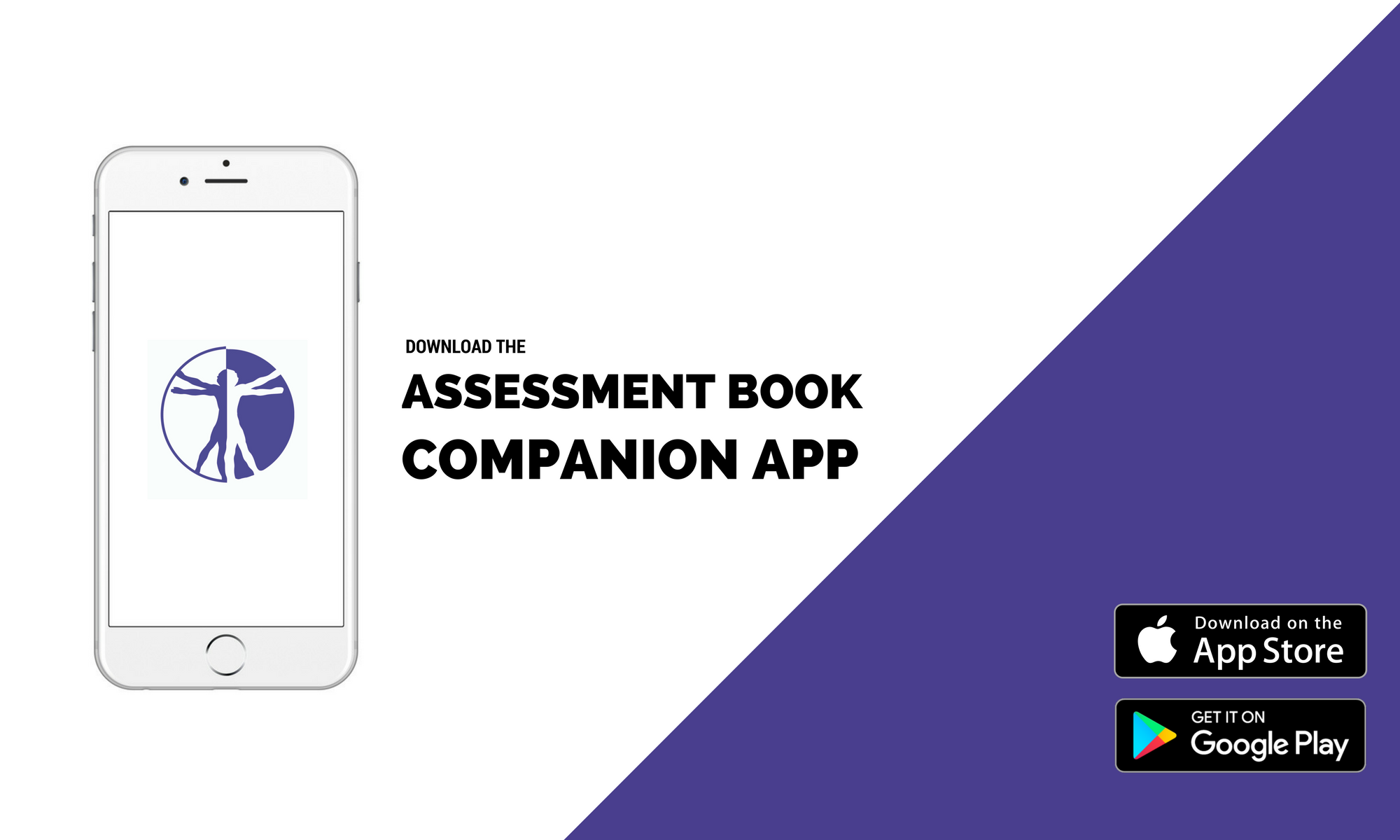Execution:
- Explain to the patient that his symptoms of vertigo might be reproduced and that he might feel nauseaus. Have a bucket at hand in cases it is needed
- The patient is in supine lying position with the head in 30° of flexion
- The examiner quickly rotates the patient’s head 90° towards one side and observes the patient’s eyes for a nystagmus. Be aware that the nystagmus can have a latency of 5-20 seconds and usually fatigues within 60 seconds
- The patient’s head is returned to the face-up supine position as soon as the nystagmus has subsided. If present, wait until the additional nystagmus has subsided
- Finally, the head is quickly turned 90° to the opposite side and the eyes are again observed for a nystagmus
- The movement is finished as soon as the nystagmus has subsided
Positive Outcome:
The patient experiences vertigo with a horizontal nystagmus. The nystagmus is called:
–Geotropic nystagmus: Very intense horizontal nystagmus beating towards the earth on the affected side, less intense beating to the earth on the opposite side. Debris is suspected to be located in the long arm of the semicircular canal.
–Apogeotropic nystagmus (less common): Horizontal nystagmus beating towards the uppermost ear on both sides. Debris is suspected to be located adherent or close to the ampulla.
|
Study |
Reliability | Sn | Sp | LR+ | LR- |
| NA | NA | NA | NA |
NA |
|
| Comment: There is no gold standard available for the diagnosis of lateral canal BPPV. For this reason the Supine Head Roll Test is considered the gold standard. | |||||
![]()
